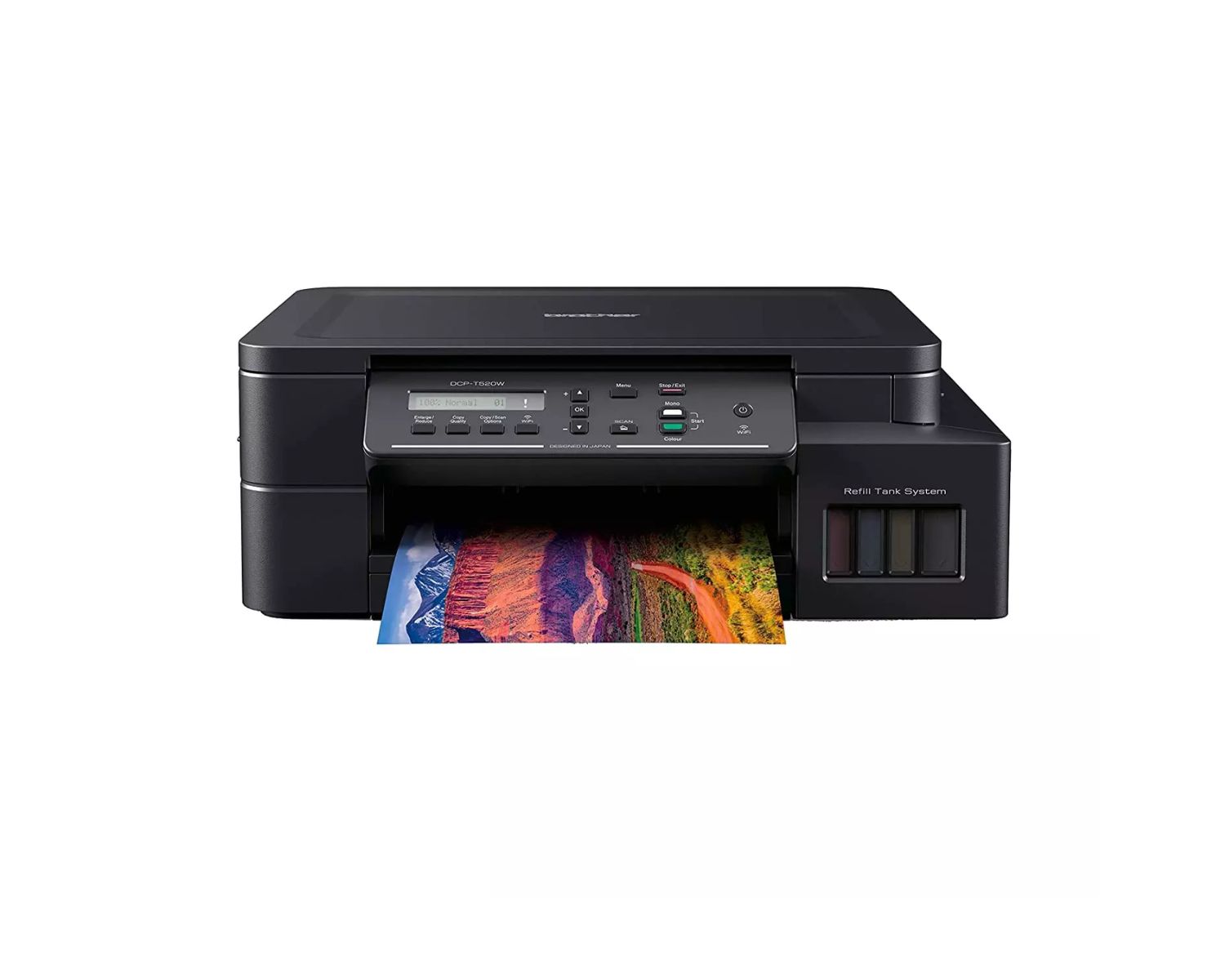Home>Furniture & Design>Interior Design Trends>Why Can You See Someone Clearly Through A Clear Glass Window But Not Through A Frosted Glass Window?


Interior Design Trends
Why Can You See Someone Clearly Through A Clear Glass Window But Not Through A Frosted Glass Window?
Modified: August 18, 2024
Discover the latest interior design trends and understand why you can see clearly through a clear glass window but not through a frosted glass window. Explore the science behind it!
(Many of the links in this article redirect to a specific reviewed product. Your purchase of these products through affiliate links helps to generate commission for Storables.com, at no extra cost. Learn more)
Introduction
Have you ever wondered why you can see someone clearly through a clear glass window but not through a frosted glass window? The answer lies in the fascinating science of light and how it interacts with different surfaces. The distinction between clear and frosted glass windows goes beyond mere aesthetics; it delves into the intricate principles of light transmission and diffusion.
In this article, we will embark on a captivating journey through the world of glass windows, unraveling the scientific phenomena that underpin our ability to see through them. By exploring the unique properties of clear and frosted glass, we will gain a deeper understanding of how light behaves when it encounters these distinct surfaces.
Prepare to be enlightened as we delve into the captivating realm of optics and discover the secrets behind the transparency of clear glass and the obscured view of frosted glass. Let's embark on this illuminating exploration and uncover the mysteries that lie within the windows that frame our world.
Key Takeaways:
- Clear glass windows allow light to pass through without distortion, offering unobstructed views and a sense of openness, while frosted glass windows scatter light to create privacy and an ethereal ambiance.
- The difference between clear and frosted glass windows lies in how they manipulate light: clear glass maintains clarity, while frosted glass diffuses light for privacy and a soft glow.
Read more: Why Can’t Birds See Glass
The Science of Clear Glass Windows
Clear glass windows are marvels of optical engineering, allowing light to pass through with minimal distortion. The science behind their transparency lies in the uniform molecular structure of the glass. When light waves encounter a clear glass window, they penetrate the surface and travel through the glass without significant disruption.
The key to the transparency of clear glass lies in its smooth and homogeneous surface. Unlike frosted glass, which is intentionally roughened or textured to scatter light, clear glass is designed to maintain a uniform structure that enables light to pass through unhindered. This seamless molecular arrangement allows light to travel in a straight line, preserving the visual clarity of objects seen through the window.
The transparency of clear glass can be attributed to the principle of refraction. As light waves transition from one medium to another, such as from air to glass, they undergo refraction, causing them to change direction. In the case of clear glass windows, the refraction of light is minimal due to the consistent density and composition of the glass, resulting in minimal distortion of the objects viewed through the window.
Moreover, the smooth surface of clear glass minimizes light scattering, ensuring that the transmitted light retains its original intensity and direction. This phenomenon contributes to the crisp and unobstructed view offered by clear glass windows, allowing us to perceive objects on the other side with remarkable clarity.
In essence, the science of clear glass windows revolves around the seamless transmission of light. Through the meticulous engineering of its molecular structure and surface properties, clear glass enables light to pass through without significant scattering or distortion, thereby granting us the privilege of gazing through windows with unparalleled clarity.
As we continue our exploration into the world of glass windows, we will unravel the intriguing science behind frosted glass and the captivating mechanisms that render it distinct from its transparent counterpart. Join us as we delve deeper into the enigmatic realm of optics and unveil the secrets that shape our perception of the world through these remarkable panes of glass.
The Science of Frosted Glass Windows
Frosted glass windows exude a unique allure, captivating the eye with their intriguing translucency. Unlike clear glass, frosted glass undergoes a deliberate transformation that imparts it with a distinct visual and optical character. The science behind frosted glass windows revolves around the intentional alteration of the glass surface to scatter and diffuse light, thereby obscuring the view while allowing light to permeate.
The transformation of clear glass into frosted glass involves the introduction of surface irregularities or textures that disrupt the passage of light in a controlled manner. This deliberate alteration serves to scatter light waves as they encounter the frosted surface, diffusing them in various directions. The result is a softened, diffused glow that permeates the glass, creating an elegant and enigmatic visual effect.
The key to the frosted appearance of the glass lies in the introduction of microscopic imperfections on its surface. These imperfections, achieved through techniques such as sandblasting or acid etching, disrupt the smooth continuity of the glass, causing light to scatter as it passes through. This scattering effect diffuses the transmitted light, obscuring the view of objects on the other side of the glass while allowing a gentle glow to emanate from the frosted surface.
Furthermore, the intentional roughening of the glass surface disrupts the regular transmission of light, preventing it from traveling in a straight line. Instead, the scattered light waves bounce off the irregularities on the glass, creating a visually captivating diffusion pattern. This controlled diffusion of light grants frosted glass its characteristic appearance, simultaneously concealing the view and infusing the space with a soft, ambient illumination.
In essence, the science of frosted glass windows revolves around the deliberate manipulation of light transmission through the introduction of surface irregularities. By strategically scattering and diffusing light, frosted glass achieves a captivating balance between obscurity and luminosity, offering a visually intriguing alternative to the transparent clarity of clear glass windows.
As we unravel the captivating science behind frosted glass windows, we gain a deeper appreciation for the meticulous artistry and optical ingenuity that shape these enchanting panes of glass. Join us as we continue our exploration into the realm of glass windows, delving into the captivating interplay of light and surfaces that defines our perception of the world through these remarkable architectural elements.
Light can pass through a clear glass window without being scattered, allowing you to see clearly. However, light is scattered by the rough surface of frosted glass, making it difficult to see through.
Differences in Light Transmission
The disparities in light transmission between clear and frosted glass windows are rooted in their distinct optical properties, giving rise to contrasting visual effects and functional characteristics. Clear glass, with its smooth and uniform surface, facilitates the seamless transmission of light, allowing it to pass through with minimal distortion. In contrast, frosted glass, intentionally textured or roughened, scatters and diffuses light, creating a softened glow while obscuring the view.
Clear glass windows excel in transmitting light with remarkable clarity, preserving the visual fidelity of objects seen through them. The smooth molecular structure of clear glass enables light waves to travel in a straight line, minimizing refraction and maintaining the original intensity and direction of the transmitted light. This unimpeded transmission of light grants clear glass windows the ability to offer unobstructed views, allowing observers to perceive the external environment with exceptional clarity and detail.
On the other hand, frosted glass windows exhibit a distinctive approach to light transmission, leveraging intentional surface irregularities to scatter and diffuse light. The microscopic imperfections on the frosted glass surface disrupt the regular transmission of light, causing it to scatter in various directions. This controlled diffusion of light results in a softened, ambient glow that permeates the glass, creating an elegant visual effect while obscuring the view of objects on the other side.
The differences in light transmission between clear and frosted glass windows extend beyond mere visual aesthetics, influencing the ambiance and functionality of the spaces they adorn. Clear glass windows, with their unparalleled transparency, invite abundant natural light into interior spaces, fostering a bright and open atmosphere. In contrast, frosted glass windows, with their diffused illumination and obscured view, offer privacy and a softened, ethereal ambiance, making them ideal for spaces where discretion and a touch of mystique are desired.
In essence, the disparities in light transmission between clear and frosted glass windows reflect the remarkable diversity of optical effects that can be achieved through deliberate manipulation of glass surfaces. These distinct approaches to light transmission underscore the versatility of glass as a medium for shaping the visual and atmospheric qualities of architectural spaces, offering designers and occupants a rich tapestry of options to suit their aesthetic and functional preferences.
Conclusion
In conclusion, the captivating juxtaposition of clear and frosted glass windows unveils a mesmerizing interplay of light, texture, and visual perception. The science behind these distinct glass surfaces transcends mere functionality, delving into the realm of artistry and ambiance. Clear glass windows, with their seamless transmission of light and unobstructed views, offer a portal to the external world, inviting abundant natural light and fostering a sense of openness and connection with the surroundings.
On the other hand, frosted glass windows, with their deliberate diffusion of light and obscured view, weave an enchanting tapestry of privacy, elegance, and ethereal illumination. The intentional manipulation of light transmission through surface irregularities transforms frosted glass into a captivating medium that balances obscurity with luminosity, infusing spaces with a soft, ambient glow while veiling the interior from prying eyes.
As we reflect on the captivating science of clear and frosted glass windows, we gain a profound appreciation for the artful fusion of optical principles and design ingenuity. These remarkable panes of glass not only shape the visual character of architectural spaces but also evoke emotive responses, from the clarity and expansiveness offered by clear glass to the enigmatic allure and privacy afforded by frosted glass.
In the ever-evolving landscape of interior design and architectural aesthetics, the dichotomy of clear and frosted glass windows stands as a testament to the boundless creativity and versatility of glass as a medium for shaping the visual and atmospheric qualities of built environments. Whether it's the crisp transparency of clear glass or the enigmatic translucency of frosted glass, these windows serve as captivating canvases through which light, texture, and perception converge to create immersive and evocative spatial experiences.
As we partake in this illuminating exploration of glass windows, let us embrace the multifaceted beauty and functionality they offer, recognizing the profound impact of their optical properties on the ambiance, privacy, and visual allure of the spaces they adorn. With each glance through a clear or frosted glass window, we are reminded of the wondrous interplay of light and surfaces, inviting us to perceive the world through a lens of artistry, science, and enchantment.
Frequently Asked Questions about Why Can You See Someone Clearly Through A Clear Glass Window But Not Through A Frosted Glass Window?
Was this page helpful?
At Storables.com, we guarantee accurate and reliable information. Our content, validated by Expert Board Contributors, is crafted following stringent Editorial Policies. We're committed to providing you with well-researched, expert-backed insights for all your informational needs.
















0 thoughts on “Why Can You See Someone Clearly Through A Clear Glass Window But Not Through A Frosted Glass Window?”